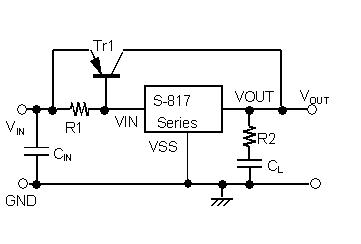alexan_e
Administrator
Hi
I have a doubt about the operation of a switching power supply and I would appreciate your feedback.
Suppose that we have a transformer rated at 1A , we are using a full wave bridge and a capacitor and suppose that the rectified output is 12v DC.
If I use a switching regulator (like LM2576 or LM2676 etc) but with an efficiency of 100% (imaginary for this example) and set the output to 6v with a 3 ohm resistor connected to the output as load (for 2A load current) then will this operate?
I would expect the regulator to work with a 50% duty to provide 6v output but this 50% would require 12v/2A pulses and the transformer can only give 1Amp so what will happen?
Is the transformer able to give pulses of higher current that the rated one as long as the average current is 1A (like 50% 2A or 25% 4A) or will all this current be provided from the bridge capacitor and the transformer will never give more than 1A?
Should the bridge capacitor be calculated for 2A instead of 1A in this case?
Thank you
Alex
I have a doubt about the operation of a switching power supply and I would appreciate your feedback.
Suppose that we have a transformer rated at 1A , we are using a full wave bridge and a capacitor and suppose that the rectified output is 12v DC.
If I use a switching regulator (like LM2576 or LM2676 etc) but with an efficiency of 100% (imaginary for this example) and set the output to 6v with a 3 ohm resistor connected to the output as load (for 2A load current) then will this operate?
I would expect the regulator to work with a 50% duty to provide 6v output but this 50% would require 12v/2A pulses and the transformer can only give 1Amp so what will happen?
Is the transformer able to give pulses of higher current that the rated one as long as the average current is 1A (like 50% 2A or 25% 4A) or will all this current be provided from the bridge capacitor and the transformer will never give more than 1A?
Should the bridge capacitor be calculated for 2A instead of 1A in this case?
Thank you
Alex

